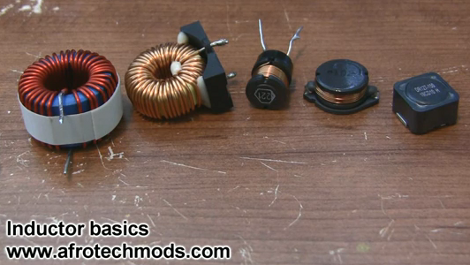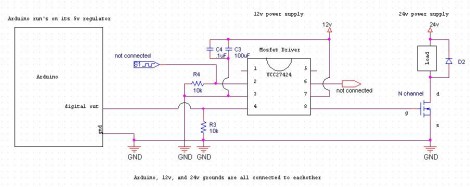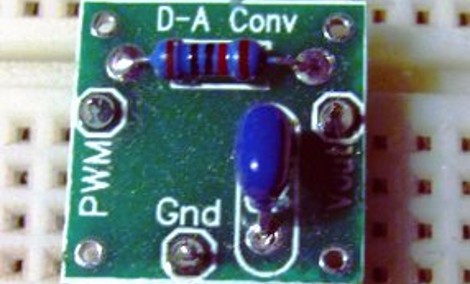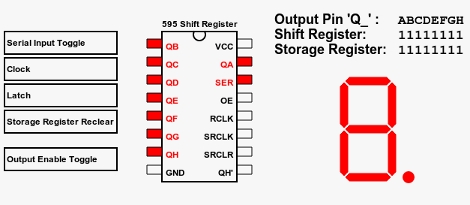
OK, year-old pop culture references aside [Kyle] dropped us a line to show us his tutorial on using interrupts with your Arduino. Given the single core nature of your average Arduino’s AVR you pretty much have two choices for monitoring occasional un-timed inputs: Either check an input at an interval (which risks missing the signal entirely) or set up an interrupt to pause the chip’s normal operation. Obviously working with interrupts saves you tons of clock cycles since you are not polling a pin over and over. [Kyle] plans on a follow up tutorial to cover timer based interrupts, which can come in handy when generating frequencies and stuff.
Looking for more Arduino Basics? How about Basic on an Arduino. Check out our other beginner concepts posts as well if you need to work on your fundamentals.
















